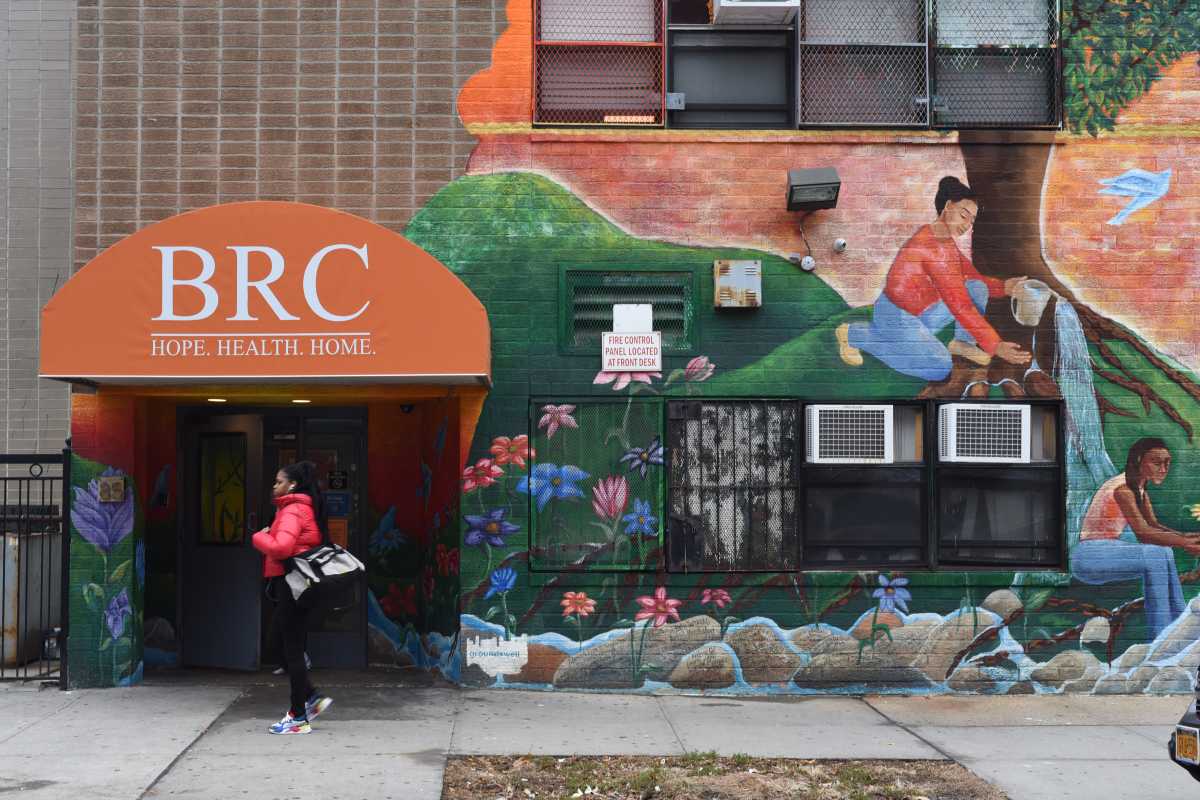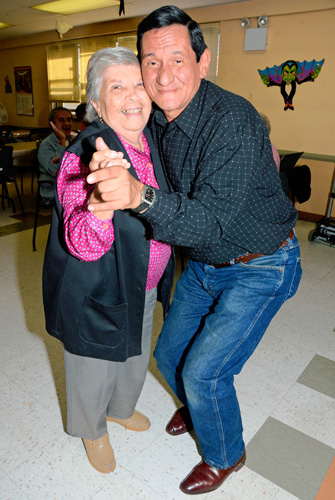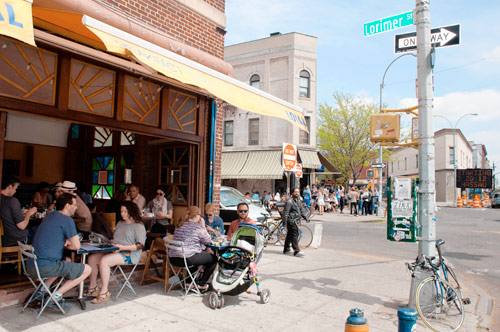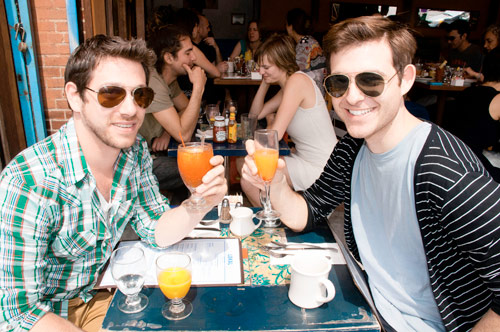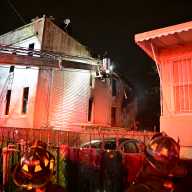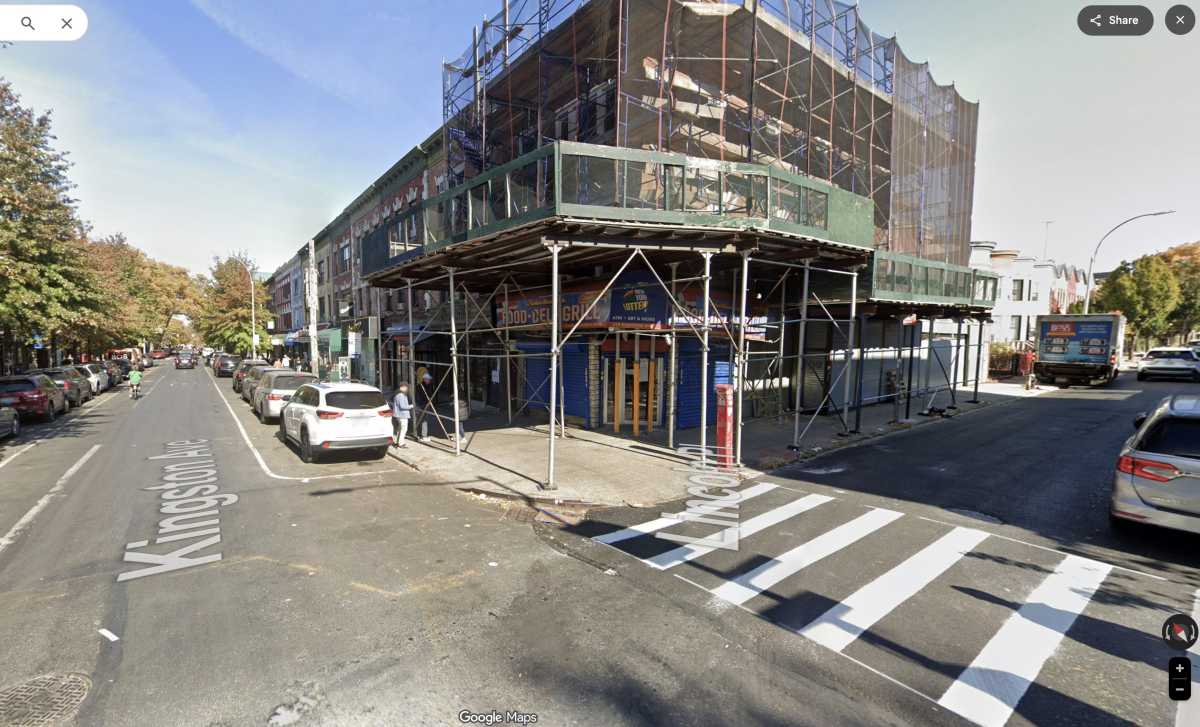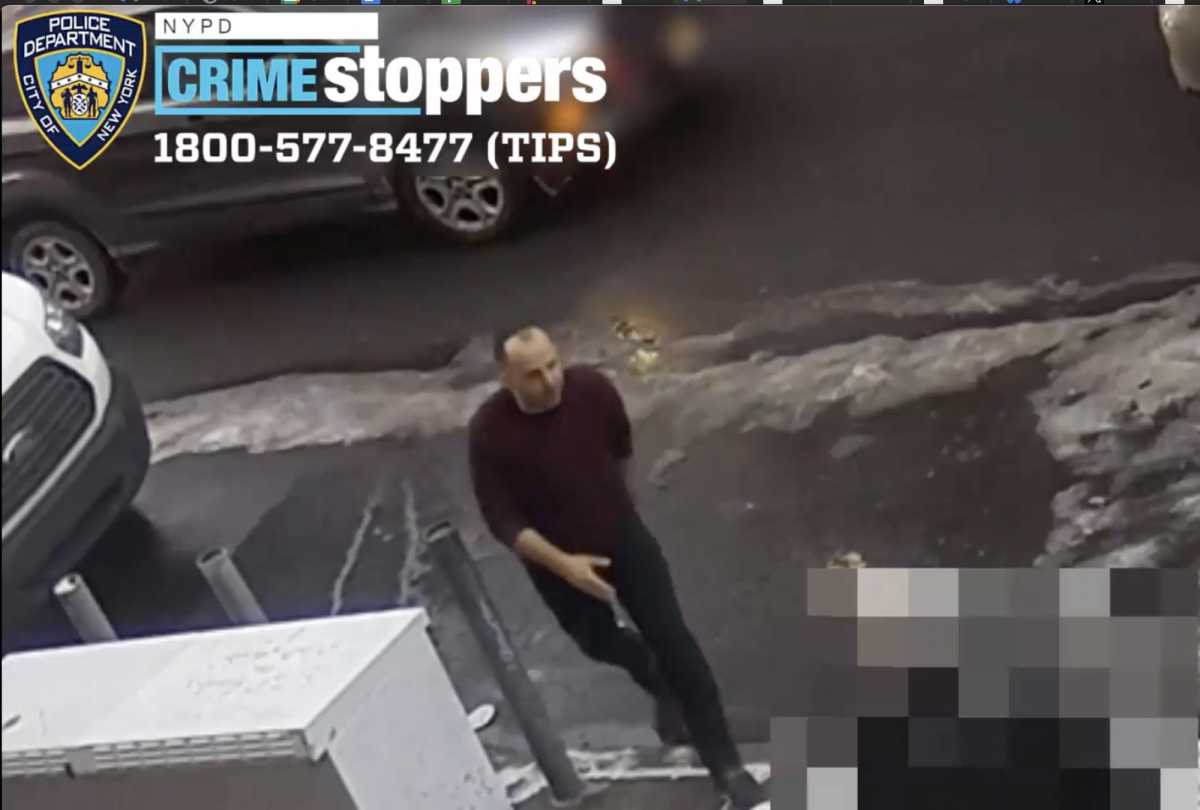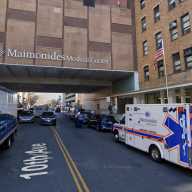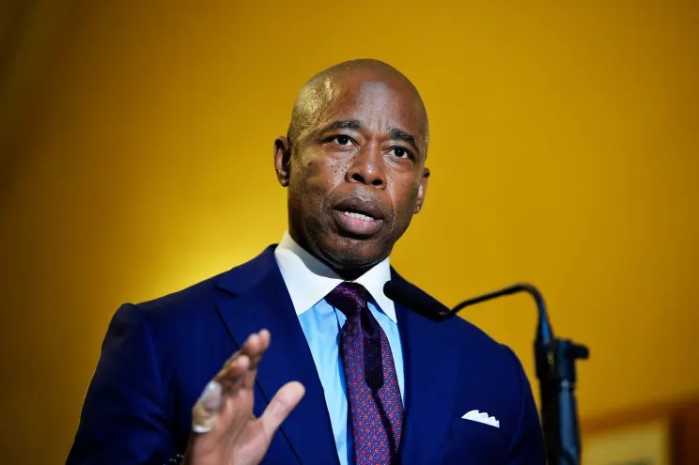Among New York City’s less-than-laudable attributes is the ubiquitousness of the unhoused population — with homeless individuals easily found on subways, in parks, and on commercial sidewalks.
The prevalence of New Yorkers sleeping on the Big Apple’s streets, coupled with the intricate and confusing system for housing those who lack proper accommodations, often leaves city-dwellers surprised to find that the local government actually has a legal obligation to provide shelter to those who need it.
Yet, a 1981 class-action lawsuit, Callahan v. Carey, gave birth to that very duty — settling with a decree that the city and state must provide shelter to homeless men. Subsequent cases later expanded the right to shelter to homeless women and families, which still stands today.
But, despite the decree’s demand that shelters be clean, comfortable, and safe, New York’s history has been less than stellar.
Notable among a long string of dangerous, understaffed shelters is the “cluster site” program introduced by then-mayor Rudy Giuliani in 2000. Cluster sites, initially intended as a temporary measure to shelter unhoused families, were privately-owned apartments rented out by the city. The temporary measure became permanent, and the apartments were notoriously dirty and dangerous.
In February 2017, when the average number of people in shelters each night numbered more than 60,000, Mayor Bill de Blasio released “Turning the Tide on Homelessness,” a detailed report on the state of shelters and homelessness in the city and a plan to turn things around.
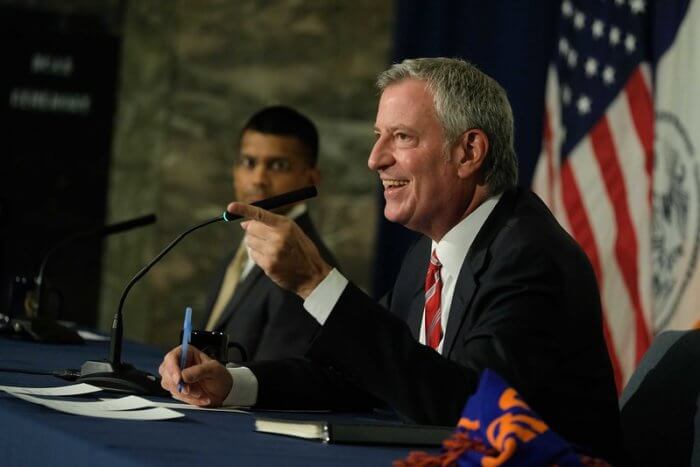
“Turning the Tide” aims to close all cluster sites and temporary hotel accommodations while building new shelters and expanding existing ones, with the intent to allow people in shelter to remain as close as possible to their neighborhoods and communities.
“For decades, past administrations relied on a range of band-aid approaches to comply with this legal mandate, including placing New Yorkers experiencing homelessness in inefficient stop-gap settings, such as cluster sites or commercial hotels, where vulnerable individuals did not receive the kind of resources and services they need and deserve to stabilize their lives,” said a DHS representative. “We are phasing out these stop-gap locations while opening a smaller number of high-quality, borough-based facilities to serve and support New Yorkers experiencing homelessness.”
Shelter by the numbers
According to the city’s Department of Homeless Services, just over 45,000 people spent the night in DHS shelters on Sept. 29 — more than 30,000 adults and 14,000 children under 18.
DHS offers shelter for single adults, adult families, and families with children, and two facilities for homeless veterans in need of short-term shelter. The department’s primary goal, once a person or family has been placed in temporary housing, is to get them on a path to “return to self-sufficiency,” according to the DHS website.
Across the board, people living in transitional housing are expected to work with a caseworker to develop an “Independent Living Plan,” and work toward leaving the shelter. The specifications are different for adults and for families with children, but by and large those able to work are expected to apply for and accept suitable jobs, and “actively seeking permanent housing by viewing available apartments several times per week.”
Families applying for shelter have to meet more stringent requirements — the department hopes to keep families with children out of shelter whenever possible. A caseworker at intake will interview the family and see if there are other options — out-of-city placement, eviction assistance, or an emergency “one shot deal” with the city’s Human Resources Administration. On Sept. 29, 127 families requested temporary housing, but none were placed in overnight accommodations.
Accessing the tens of thousands of beds across the city can be a challenge for people without children, too. All families with children applying for shelter, must apply at a DHS facility on E. 151st St. in the Bronx. Single men have to apply at an intake shelter on 30th Street in Manhattan, and single women go to one of two locations in Brooklyn and the Bronx.
Once a houseless person has entered the shelter system, they may be sent to a different shelter with a bed available. The city partners with nonprofits to run day-to-day operations at transitional housing facilities. HomeLife Services, Inc., run a shelter for adult families on Clay Street in Greenpoint, while the Bowery Residents’ Committee operates a first-point-of-contact “Assessment Center” for recently homeless men on McGuinness Boulevard.
As of July 1, 734 people were in shelter in Brooklyn Community Board 1, the majority of whom were staying in adult shelters. Neighboring CB2 was housing 569 people, and, a little further south, CB6 had just over 1,000, including 347 families with children.
In 2019, there were 890 people staying in shelters in CB1 — 1.5 percent of the city’s total homeless population. At the same time, 2.5 percent of the population were staying in Bushwick, and 3.8 percent in East New York.
Today, about 1.6 percent of the city’s shelter residents are housed in CB1 — but the number of people staying in shelter has dropped by about 13,000 in those two years.
Notably, in 2019, 447 people living in shelters originally lived in CB1, but only 1 percent of those people were placed in shelters there.
The city’s census of sheltered houseless people does not include those who are “street homeless,” sleeping outdoors or in their vehicles. An annual survey by the Department of Social Services, conducted in Jan. 2021, reported that the number of unsheltered houseless people had dropped by 38 percent citywide and 71 percent in Brooklyn.
But advocates, including Brooklyn Councilmember Stephen Levin, said the 2021 count was likely inaccurate and too low.
Dropping in
While the city shelter system requires applications and enforces curfews and protocol, there is an option for short-term help: drop-in centers.
The city operates seven round-the-clock drop-in centers across the city — two in Manhattan, two in the Bronx, and one each in Queens, Brooklyn, and Staten Island, with two more planned to open in Manhattan, according to DHS.
The centers provide a place for houseless people to get a hot meal, take a shower, do laundry, and access to mental and physical health care without committing to staying long-term, though caseworkers and counselors are available to people who decide they want to move off the street. Drop-in sites don’t have beds, but people can and do stay overnight.
In Brooklyn
Next year, a new shelter is slated to open in Greenpoint, a “Safe Haven” operated by nonprofit Breaking Ground.
The safe haven model is geared toward people who are “street homeless,” said Amie Pospisil, Breaking Ground’s vice president of programs, especially those who have been on the street for a long time.
“So Safe Havens are intended to be this low-threshold model of shelter,” Pospisil said. “By low threshold, we mean it doesn’t have some of the rigid requirements that a typical shelter does around things like curfew, or the number of belongings you can bring in, or if you don’t come in and sign for your bed one night in a safe haven, you don’t automatically lose it like you do in the shelter system.”
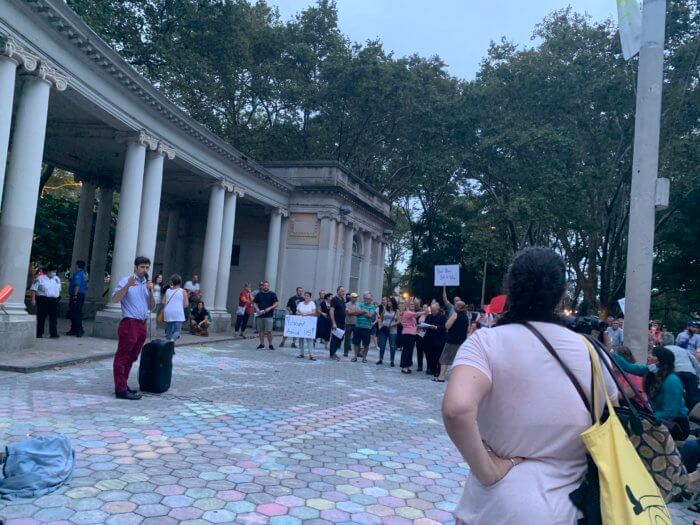
Most shelters have some on-site resources, providing caseworkers who can help people navigate applying for benefits, finding permanent housing, and applying for jobs. Some are more specialized — the Tillary Street Shelter in downtown Brooklyn houses and provides services for women dealing with mental illness and addiction, some family shelters provide year-round childcare and skills classes for parents.
Safe Haven shelters typically have more staff and more “robust” services, Pospisil said, since they engage with people who have been hesitant to enter shelter systems before and who may need more support on the way to finding permanent housing.
Entering a transitional shelter after years living on the street can be a shock, Pospisil said, and even though Safe Havens have fewer barriers and more independence, even scheduled mealtimes and the presence of security staff can be too much for some people.
“What’s really important in this is that our street outreach team is there to help somebody,” she said. “We’ve absolutely had situations where somebody comes inside to a Safe Haven and it’s too much for them, it’s overwhelming. It might have been the first time they stepped inside in decades. And they change their mind.”
“But the outreach team is right there for them so that they can follow up, they can do that work to reconnect. So that two weeks from now, when the person changes their mind again and wants to come inside and try again, we’re right there to pick back up where we left off.”
Permanent Housing
In 2015, de Blasio announced the “NYC 15/15 Initiative,” a plan to build 15,000 units of supportive housing by 2030 in partnership with organizations including Breaking Ground.
Supportive housing facilities provide affordable, independent permanent homes for formerly homeless people, seniors, people with disabilities, and others transitioning to a more independent life. Last month, borough president and likely mayor-elect Eric Adams advocated for turning “distressed” hotels in the outer boroughs into supportive housing.
More than 90 percent of people who move from the street to permanent supportive housing with Breaking Ground stay there, Pospisil said. According to DHS, more than 15,000 people have moved from temporary shelters to permanent supportive housing since 2014. Breaking Ground currently operates four supportive housing buildings in Brooklyn, with one more planned to open next year. Dozens of other organizations, including St. Nicks Alliance, provide supportive housing in the borough.
“Once they get into the permanent housing, that’s an opportunity to help folks along their path to recover, whatever that recovery is for them,” Pospisil said. “That really is the solution for people who are street homeless.”


